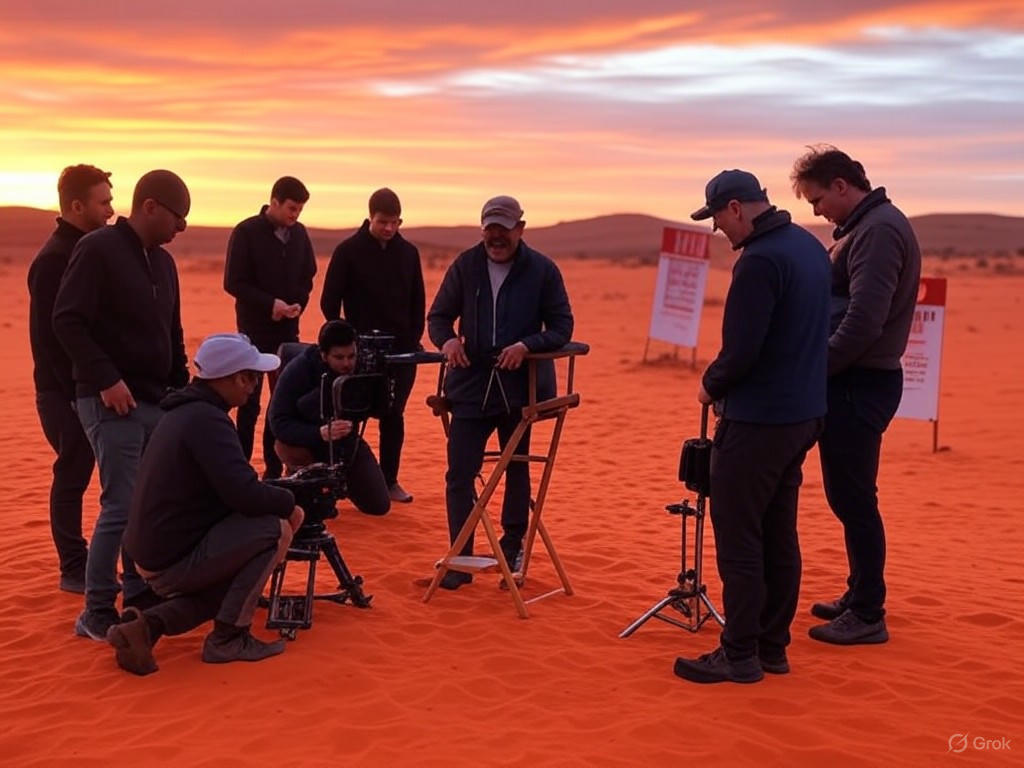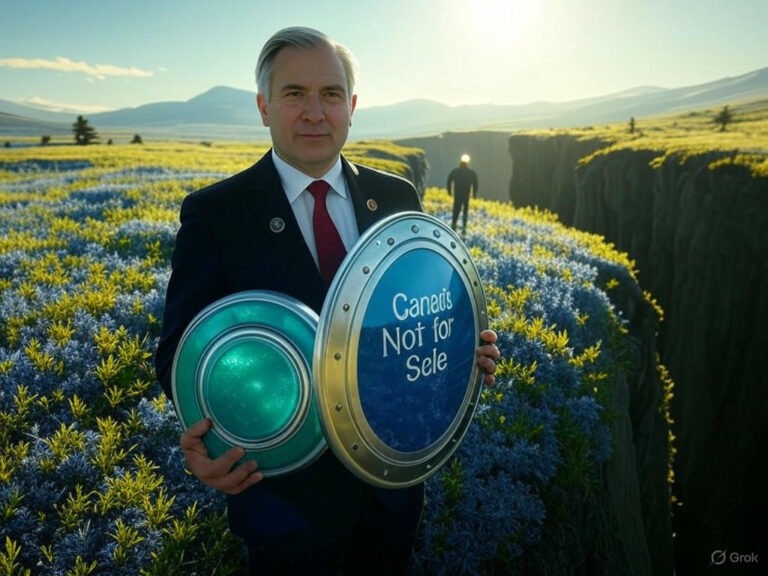
Trump Tariffs Prompt Australia New Zealand Film Industry Support
The Rise of Trump Tariffs and Their Ripple Effect on Global Cinema
Have you ever wondered how a single policy decision could upend an entire industry? Trump Tariffs are doing just that, shaking the foundations of the international film world as former President Donald Trump pushes for a 100% tariff on movies made outside the United States. This bold move aims to boost domestic production, but it’s hitting hard in places like Australia and New Zealand, where the film sectors have built thriving economies around Hollywood partnerships. With billions in revenue on the line, local leaders are banding together to defend their creative hubs and the jobs they sustain.
Unpacking the Details of Trump Tariffs
Scope and the Driving Forces Behind Them
Announced on May 5, 2025, the Trump Tariffs impose a hefty 100% duty on all films produced abroad, framing it as a necessary step for national security and to curb the outflow of American jobs. The rationale? That incentives in countries like Australia and New Zealand are unfairly luring productions away from the U.S. [1]. It’s a classic case of protectionism, but at what cost to global creativity?
- This tariff applies to any movie made outside U.S. borders, no matter who owns the studio.
- It’s sparking immediate backlash from key film exporters, particularly in Australasia.
- Adding to the pressure, a baseline 10% tariff on other imports from the region could compound the economic strain.
Why Australasia Feels the Sting of These Tariffs
New Zealand’s film industry pumps out about $3.5 billion each year, with a big chunk—around a third—from U.S. projects that flock here for the stunning landscapes and skilled teams. Australia shares this spotlight, drawing major productions thanks to its rebates and expertise. Trump Tariffs threaten to erode these advantages, potentially reshaping how these nations engage with Hollywood.
How Industry Leaders Are Responding to the Trump Tariffs Threat
New Zealand’s Firm Stance Against the Tariffs
In New Zealand, the reaction to Trump Tariffs has been swift and outspoken. Leaders aren’t holding back, emphasizing the risks to their economy and cultural exports. For instance, Chris Hipkins, from the NZ Labour Party, declared, “A U.S. tariff on the film and television industry would be disastrous for New Zealand. The government should speak vigorously against it.” [1] It’s a reminder of how interconnected our world is—disrupt one link, and the chain feels it.
Prime Minister Christopher Luxon echoed this, saying, “We’ve advocated strongly that we don’t believe tariffs are the way to go forward … There are also swings and roundabouts and opportunities that come in that environment as well.” [1]
What does this mean for everyday Kiwis? Jobs in post-production and on-set roles could hang in the balance, prompting a push for innovative solutions.
Australia’s Bold Defense in the Face of Trump Tariffs
Across the Tasman Sea, Australia’s response is equally fierce. Officials are vowing to protect their screen industry at all costs. Tony Burke, the Home Affairs Minister, stated, “Nobody should be under any doubt that we will be standing up unequivocally for the rights of the Australian screen industry.” [1] Imagine the ripple effects: Could this lead to stronger ties with Asian markets as a counterbalance?
New South Wales Premier Chris Minns called the move “short-sighted,” pointing out how it might stifle international collaborations that benefit everyone involved. It’s a wake-up call for filmmakers everywhere to think globally while acting locally.
The Economic Fallout from Trump Tariffs on Australasia’s Film World
How These Tariffs Are Reshaping Film Production Dynamics
A 100% tariff on imports essentially doubles the price tag for getting Australasian films into the U.S. market, undermining the edge provided by local incentives. Key consequences include a potential loss of revenue—think about New Zealand’s third of earnings from U.S. deals vanishing overnight. Studios might pull back, redirecting shoots to tariff-free zones, which could drag down related sectors like tourism and tech.
- The decline in U.S.-linked income hits hard, forcing local economies to adapt.
- Blockbuster projects could relocate, leaving crews and communities in limbo.
- Broader impacts might touch everything from hotel bookings tied to film shoots to innovative tech startups.
Are Film Subsidies the Real Target of Trump Tariffs?
Both Australia and New Zealand have leaned on their subsidy programs—offering up to 40% rebates—to attract global hits like The Lord of the Rings. But the Trump Tariffs label these as “unfair competition,” [2] putting them under the microscope. Is this a fair critique, or just a barrier to creative exchange? For filmmakers, it’s a prompt to diversify funding sources and explore new stories that don’t rely solely on U.S. backing.
Hollywood’s Long-Standing Ties to Australasia Amid Trump Tariffs
What Draws U.S. Producers to These Shores Despite the Tariffs
Why do Hollywood bigwigs keep choosing Australia and New Zealand? It’s more than just the breathtaking scenery—it’s the blend of top-tier crews, state-of-the-art facilities, and those all-important incentives. Even with Trump Tariffs looming, these factors have fostered decades of trust and innovation, turning places like Queenstown into de facto film sets.
- Diverse landscapes provide endless backdrops for epics.
- Skilled professionals ensure projects run smoothly from script to screen.
- Favorable economics have sealed the deal for many a production.
Navigating Risks and Seizing Opportunities in the Era of Trump Tariffs
Potential Shifts Triggered by These Tariffs
As Trump Tariffs force a rethink, U.S. studios might pull back on offshore ventures, pushing Australasian filmmakers to eye emerging markets in Europe or Asia. This could be a chance for local talent to shine independently, perhaps by ramping up domestic projects or forging fresh partnerships. What opportunities might arise if we view this as a catalyst for change rather than a setback?
- Studios are weighing the costs, potentially favoring homegrown shoots.
- Local industries could pivot to Asia’s growing demand for content.
- Governments might boost support, leading to negotiations that ease the tariffs’ blow.
Broader Implications Beyond Just the Film Sector
These tariffs are part of a larger wave of U.S. protectionism, affecting creative fields and tech alike. [3] For industries built on collaboration, it’s a stark reminder to build resilience. Could this spark a global dialogue on fair trade, ensuring that innovation doesn’t get caught in the crossfire?
A Look at Global Film Incentives in Light of Trump Tariffs
| Country | Approximate Film Subsidy | Trump Tariffs Impact | Annual U.S.-Linked Revenue |
|---|---|---|---|
| New Zealand | 20%-40% rebate | Severe due to 100% import tariff | $1.2B |
| Australia | Up to 40% rebate | Severe due to 100% import tariff | ~$1B+ |
| United Kingdom | 25%-30% rebate | Moderate, with potential tariffs | Varies |
| Canada | 25%-35% rebate | Moderate, with potential tariffs | Varies |
This comparison highlights how Trump Tariffs could widen the gap, pushing countries to refine their strategies. For Australasia, it’s about turning these challenges into strengths.
Building Resilience: Strategies for Australasia in the Age of Trump Tariffs
Key Moves to Weather the Storm
- Enhance incentives for homegrown films to keep the momentum going.
- Build alliances with streaming giants and markets in Asia and Europe for broader reach.
- Lobby for tariff exemptions through diplomatic channels.
- Invest in digital tools to open new export avenues and reduce reliance on traditional paths.
The fragility exposed by Trump Tariffs shows just how vital adaptability is. Think about how the industry bounced back from COVID—it’s that same spirit that could lead to exciting innovations here.
Wrapping Up: Innovation and Dialogue in a Post-Tariff World
As Australia and New Zealand unite against Trump Tariffs, there’s hope that negotiation and creativity will pave the way forward. Storytelling has always bridged divides, and this moment could inspire fresh collaborations. What are your thoughts on how these changes might reshape the global film landscape? We’d love to hear your insights—share in the comments, explore more on our site, or spread the word to keep the conversation alive.
References
[1] AA News, New Zealand government urged to speak vigorously against Trump tariffs on movie sector.
[2] YouTube video on industry impacts (source title withheld for brevity).
[3] Aldomedia Blog, Impact of Trump Tariffs on the Tech Industry.
CAUTHE Conference Proceedings, 2021.
EU Sport Diplomacy Insights, Managing Event Places.
Coastline College Open Resources, Principles of Marketing.
Library of Congress, Economic Analysis Document.
Kaggle Dataset, Text Analysis Example.
Trump Tariffs, Australia film industry, New Zealand movies, movie tariffs, film subsidies, global film impact, trade policies cinema, Australasia Hollywood ties, economic challenges movies, protectionism in entertainment






